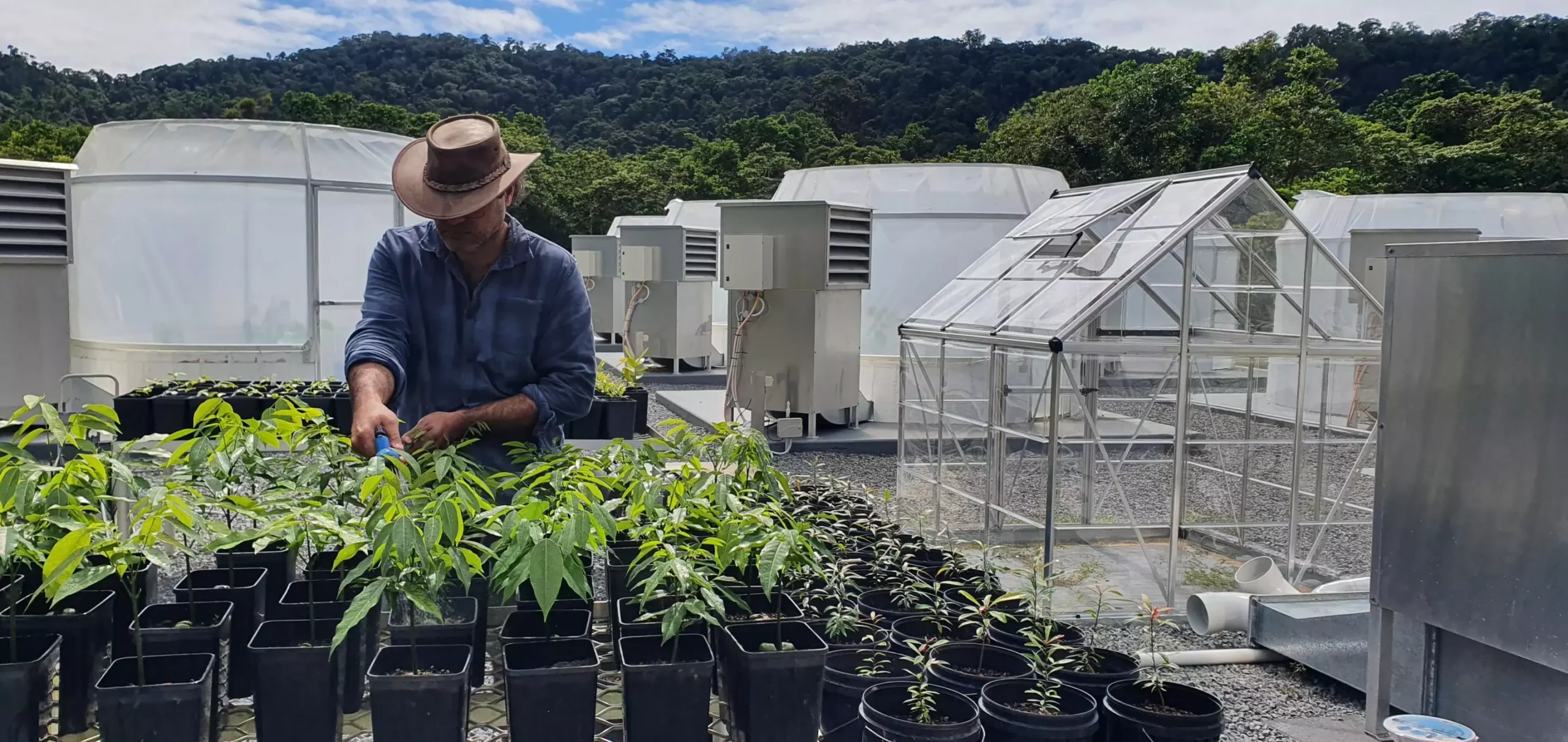Ozone is often discussed in the context of climate and environmental science, primarily as a beneficial layer in the stratosphere that protects life on Earth from harmful ultraviolet (UV) rays. However, the negative implications of ground-level ozone—a byproduct of atmospheric pollutants and sunlight—are increasingly coming into focus. Recent research highlights that this form of ozone is a significant hindrance to the growth of tropical forests, which serve as essential carbon sinks in the fight against climate change. This atmospheric predicament presents a double-edged sword for environmental stewardship.
According to a study published in the journal Nature Geoscience, ground-level ozone has resulted in an average reduction of 5.1% in the new growth of tropical forests each year. This decline is not uniform; it’s especially pronounced in Asia, where tropical forests have reported a staggering 10.9% decrease in growth. Such losses are concerning, given that these forests play an integral role in carbon capture—essentially absorbing carbon dioxide (CO2) from the atmosphere and sequestering it in biomass.
Dr. Alexander Cheesman, one of the study’s co-authors, emphasizes the critical function these forests perform in mitigating CO2 emissions. He articulates that the cumulative effect of ozone-induced growth suppression has led to an estimated 290 million tonnes of carbon that remains unsequestered annually since the year 2000. This figure reflects a 17% reduction in the overall carbon removal capacity of tropical forests in the 21st century, raising alarms about the long-term implications for global warming.
Ground-level ozone forms when pollutants, particularly nitrogen oxides, react with sunlight. The increase in precursor molecules—stemming from urbanization, industrial operations, fossil fuel combustion, and wildfires—will likely exacerbate ozone concentrations in the future. The implications are twofold; as ozone levels rise, the health of already struggling tropical forests will worsen, limiting their carbon sequestration capabilities even further.
The research outlines a dire Prediction: as globalization intensifies and atmospheric chemistry evolves in a warming world, we may see an alarming rise in ozone concentrations, consequently impacting areas earmarked for reforestation and conservation. Such sites are critical, not only for biodiversity but also for the future health of our planet’s atmosphere.
The findings of this study signal an urgent call to action for policymakers and environmentalists alike. Strengthening pollution control measures and reducing emissions of ozone precursors could be crucial steps in restoring the health of tropical forests, with their vital role in global carbon cycling. Addressing the air pollution contributing to ground-level ozone is not just an environmental imperative but also a public health mandate, as ozone is known to have adverse effects on human respiratory health.
The interplay between human activity, ground-level ozone, and tropical forests presents a complex challenge that demands collaborative solutions. The health of our ecosystems relies on understanding and mitigating the threats posed by pollution. This knowledge is not merely academic—it has real-world implications for climate action and environmental sustainability that we can no longer afford to overlook.


Leave a Reply